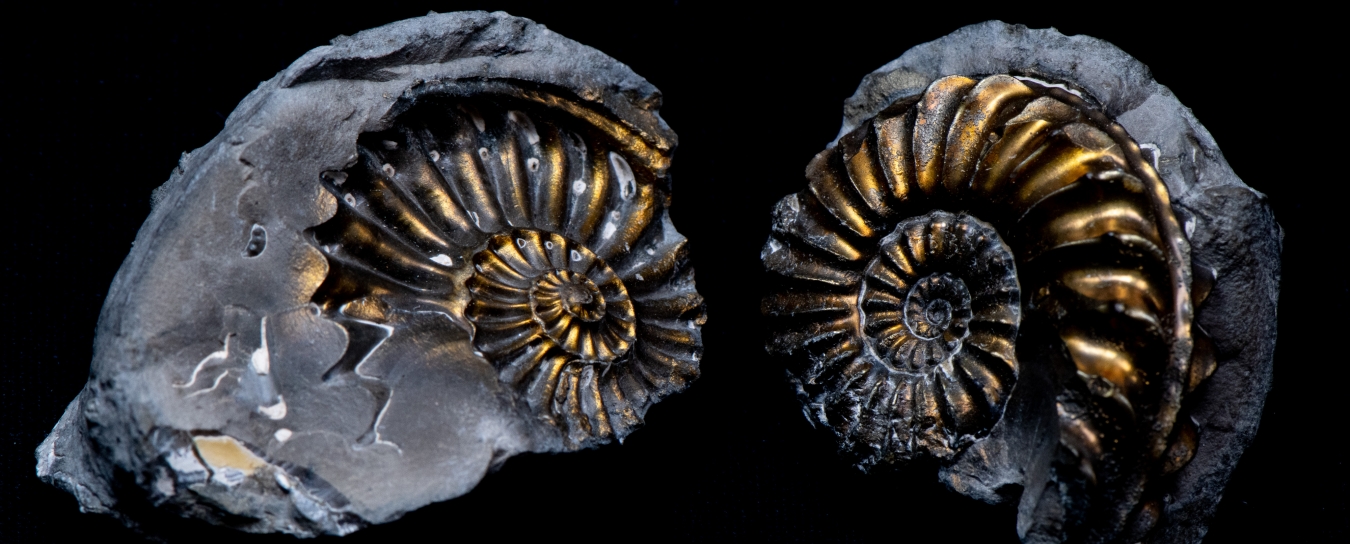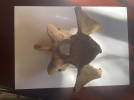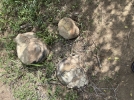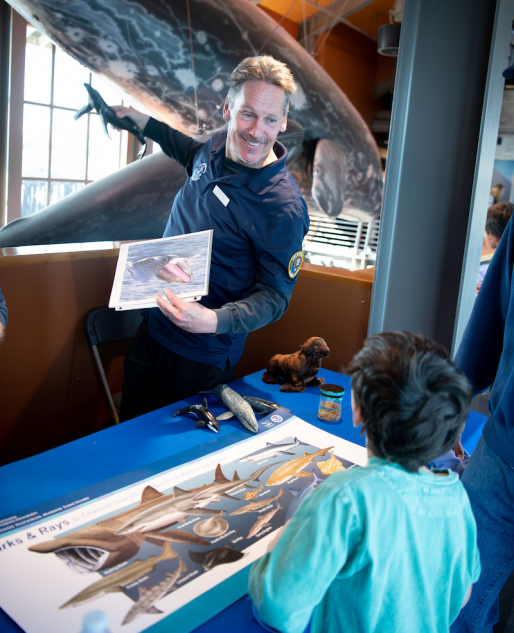
Rocks & Fossils
Check out our rock and fossil FAQ for smart collecting tips, information about some local rock formations, and advice about fossil eggs and meteorites.
- Anthropology
- Rocks & Fossils
- Invertebrates
- Vertebrates
- Botany
- Astronomy
- Fungi
- General
- Recently Asked
Fossilized Eggs and other Intriguing Bones
I found some interesting Rocks that look like fossilized eggs but have no ideas to what they are. Size is approximately that of an A4 sized paper.
I have uploaded pictures where found thereof here...I have picked one and have it with me should you want more pictures for examination
Further more at a different site I found some vertebrae bones which seem pretty big photographed on A4 paper.... would like more info on them....
site with eg shaped rocks has numerous of them just picked one and others remain undistrbed with a number of other intriguing rock shapes and formations Mabe more species fossilized


Curator Response
Hi Anthony,
Thank you for sending these finds along! Based on the photos you sent, we don’t see evidence of fossils, either eggs or otherwise. We often receive inquiries about items which people hope are fossil eggs. Click here to see an example with some information about why it is rare to confirm a fossil egg.
The rocks pictured do look like they have some extremely cool-looking features, however! We can see how you would see those cracks and think “egg,” but this looks like pure geology to us, no lifeforms needed. Different rocks have different life histories and compositions, and they don’t all end up looking interesting, but these interesting features are familiar to geologists.
Cracks in rocks like those seen here can develop because of weathering, and that happens when rocks are exposed to ... weather! Rain, snow, sun exposure and wind wear the surface of rocks down, and they may crack. If there is any water around, it will flow through the cracks and deposit minerals (the darker crack fillings that you see).
Your rocks also show some pleasant pink and peach colored surfaces. You can blame a small content of iron for it. Once exposed to the water or air, that iron oxidizes (a fancy term for rusting). When that oxidized outer layer that we call weathering rind falls off (or spalls off), the somewhat fresher rock below is exposed, and you can see contrasting colors at the surface. That makes even an ordinary rock look interesting.
That vertebra of impressive size is truly awesome. Seeing it only from that side, we can’t tell if it’s elongated like a giraffe’s might be, and since we are based in the Western U.S., vertebrae collected in Tanzania most likely fall outside our area of expertise. Curator of Vertebrate Zoology Krista Fahy, Ph.D., suggested you seek more local assistance at a natural history museum in Tanzania.
We hope these tips help you appreciate your cool discoveries.
Stay curious,
Geologist and Nature Education Manager Sabina Thomas, Ph.D., and Director of Education (and paleobiologist) Jenna Rolle, M.S.


